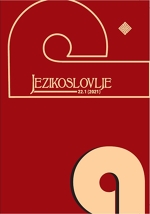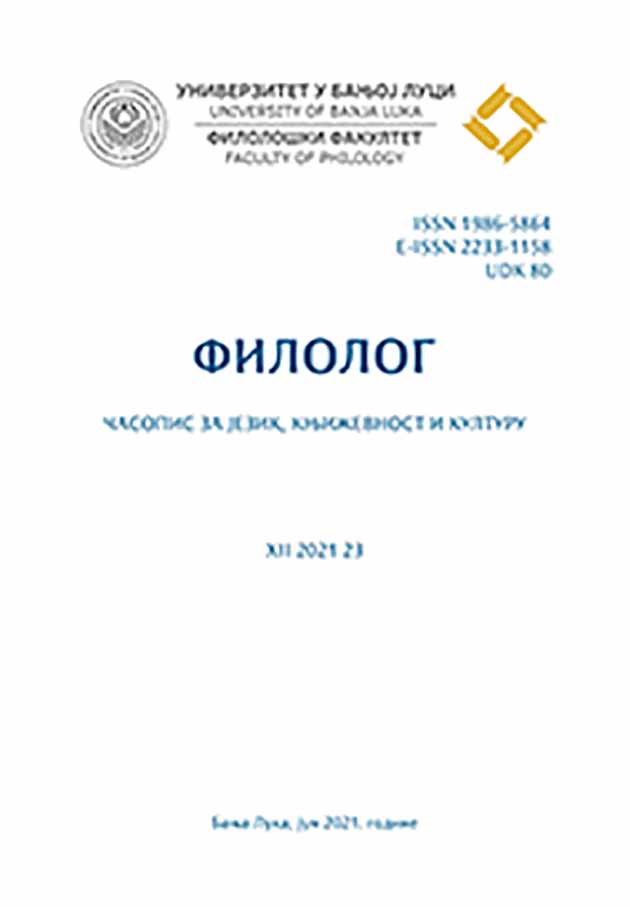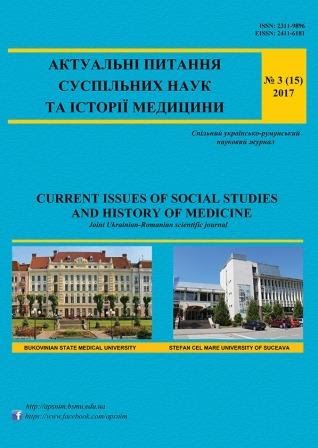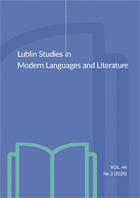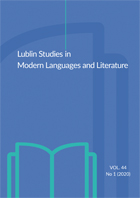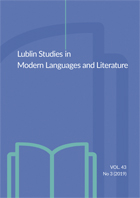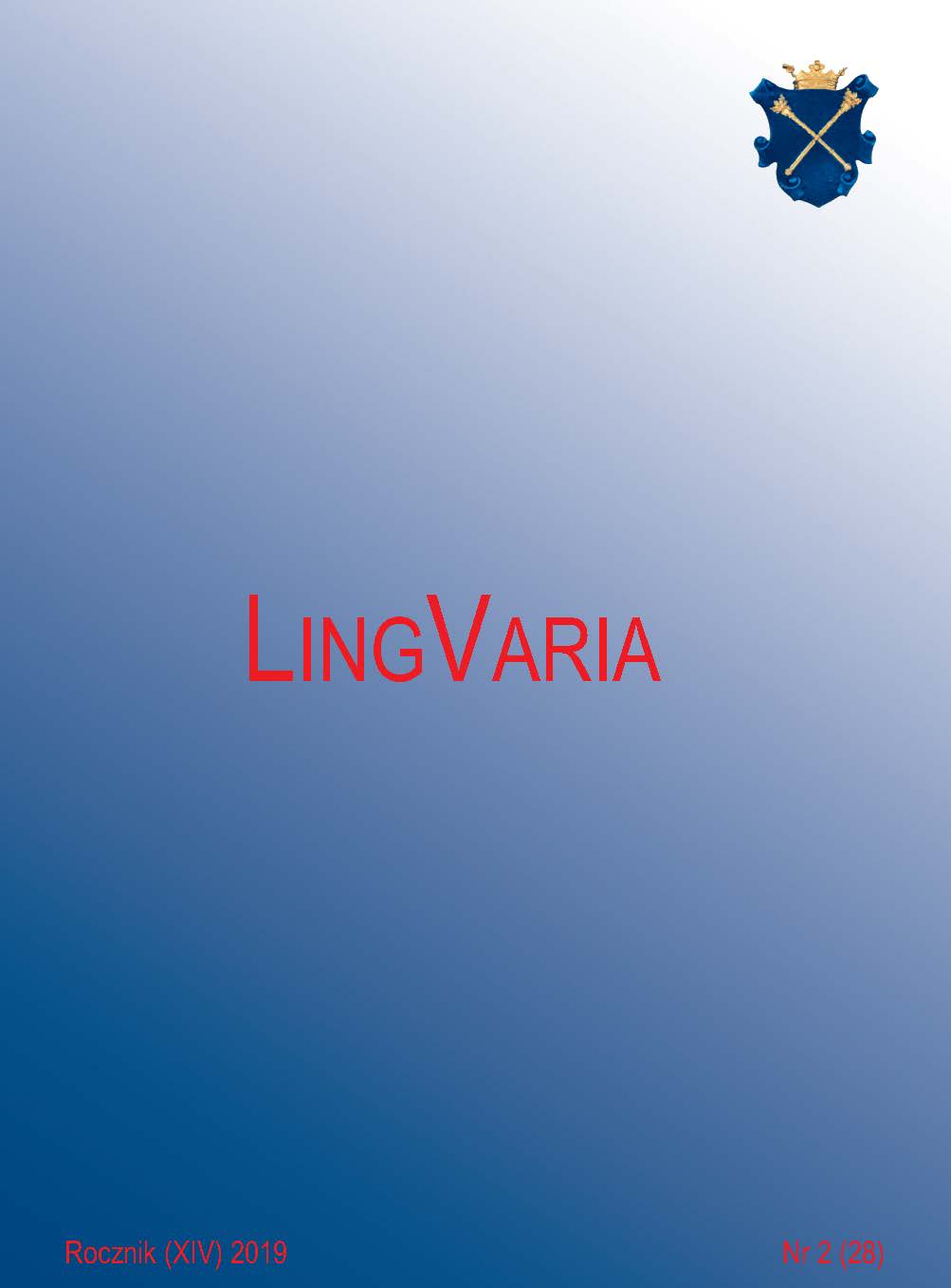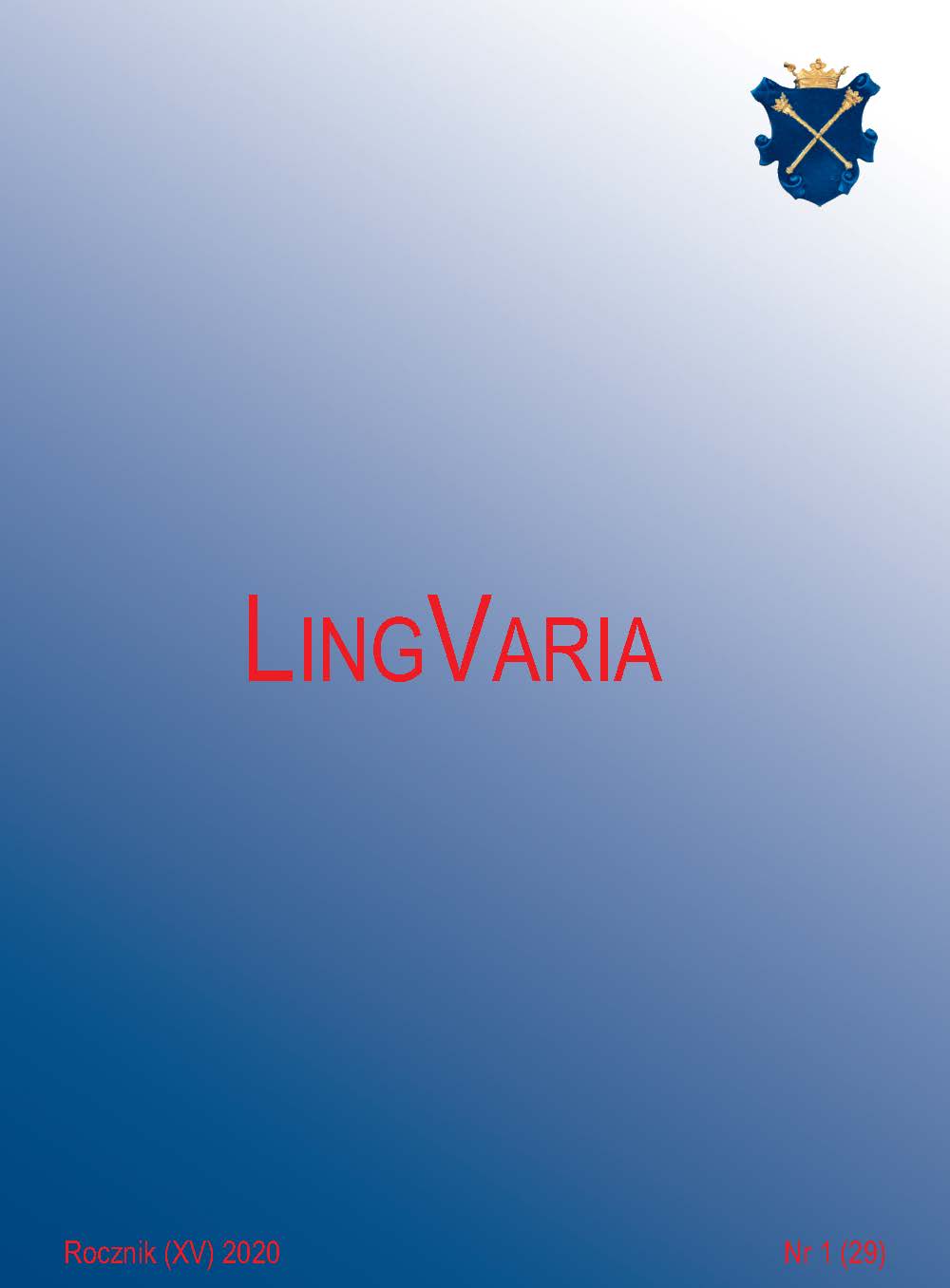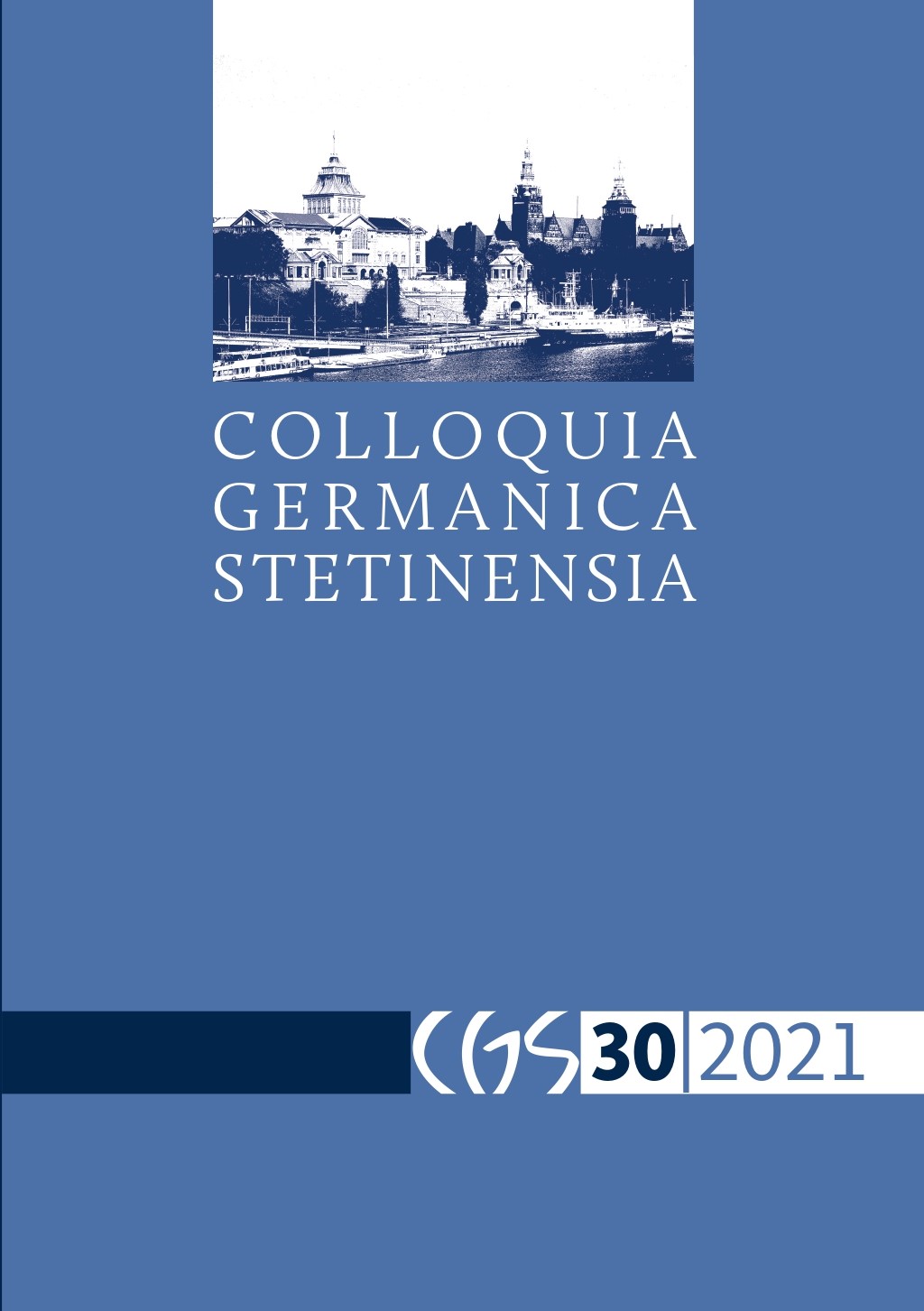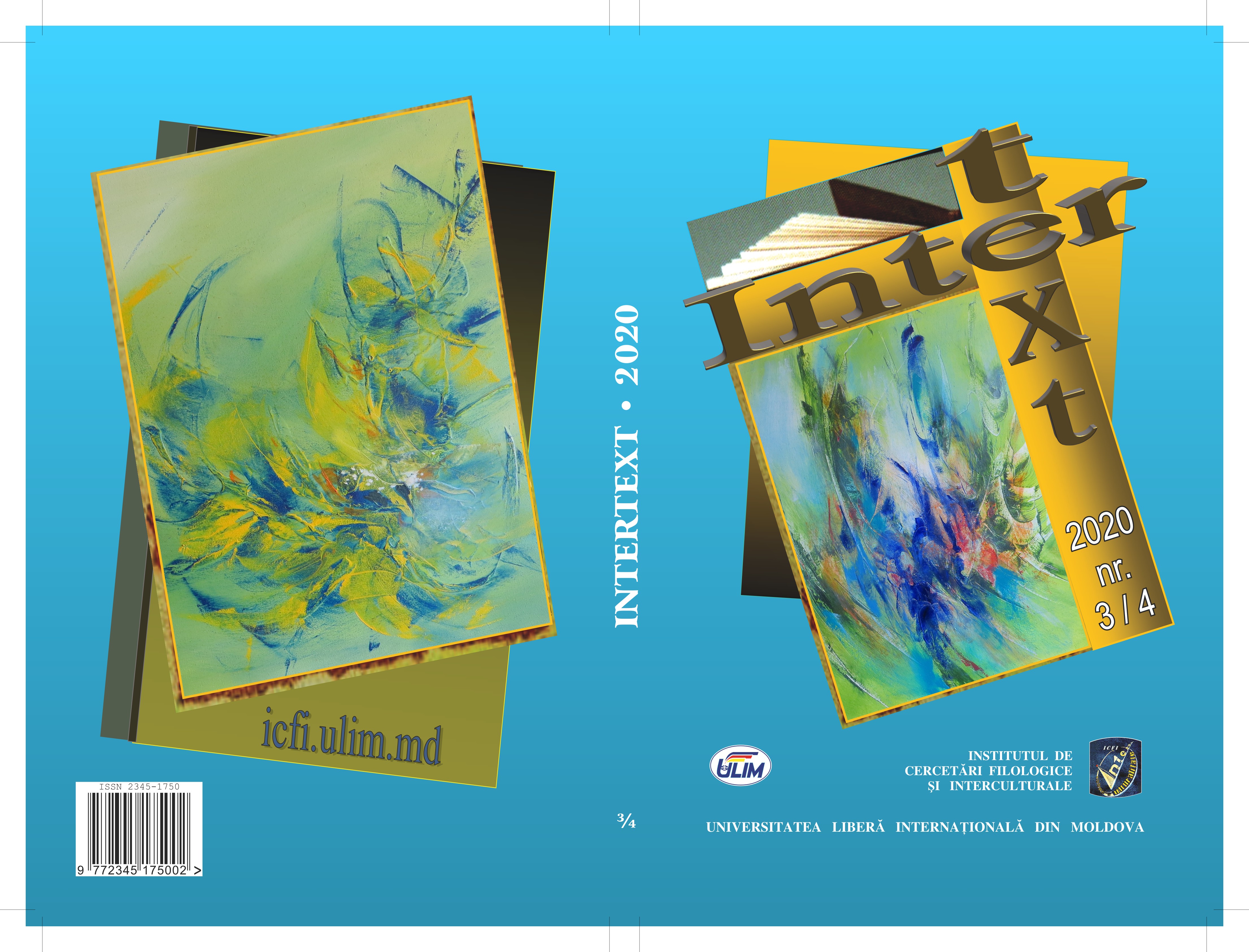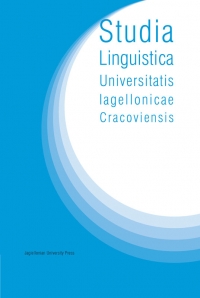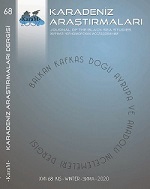
KISASÜ’L-ENBİYÂLARDA KİŞİ ADLARI İÇİN YAPILAN AÇIKLAMALAR ÜZERİNE “HALK ETİMOLOJİSİ” BAĞLAMINDA BİR DEĞERLENDİRME
Qısas al-Anbiyâs which mean ”the stories of prophets” are the works that tell the stories of prophets or the important people for history of religions based on Koran, comments and various hadits. Qısas al-Anbiyâs usually start with the creation of the universe and end with telling the life of Muhammet. In this genre, which the first examples can be seen in Arabic and Persian literature, it is possible to find the first teachings about history of humanity such as making bread, growth of plants, eating, drinking and sheltering. The first works written about this subject are Kitâbu ‘Arâ’isi’l-Macâlis fî Qısas al-Anbiyâ which is written by Sa’lebî and Kısâî’s Qısas al-Anbiyâ that is a different version of this work. Over time, these works that are translated into Turkish, was internalized by Turkish culture. The first written example of Qısas al-Anbiyâ compiled by Rabguzi in 14th century. There are numerous copies of Qısas al-Anbiyâs and these introduced in to Turkish through translation, in the chapters telling the miracles of prophets, Prophet and some important personal names are explained within the frame of stories. Though, from different perspectives; phonological, morphological, syntax and grammatical features of Qısas al-Anbiyâs have been studied, it can be seen that it hasn’t been studied enough in terms of anthroponym. In this article, Qısas al-Anbiyâs, which are highly important for the history of Turkish culture, are going to be reviewed within the context of folk etymology and anthroponym. Rather than reviewing etymologically of the related words together with the listed examples, it is going to be laid stress on the stories for the explanation of the word.
More...
